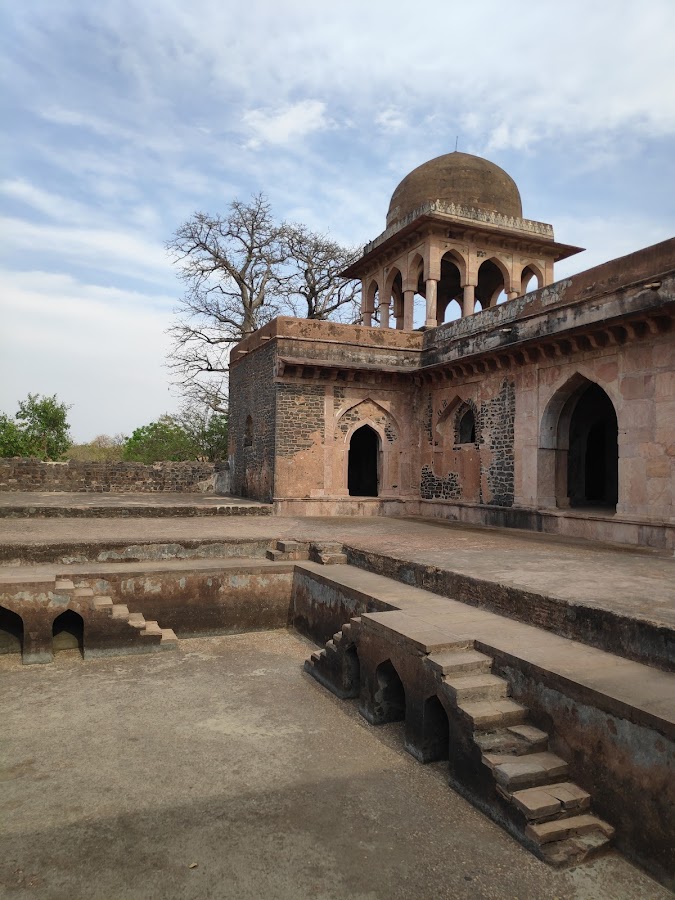
Baz Bahadur's Palace
Mandu, India
- Admire the Rajput and Mughal architectural fusion.
- Capture panoramic views of the surrounding landscape.
- Explore the palace's courtyards and pavilions.
- Learn about Baz Bahadur and Rani Roopmati's love story.
- Visit Rewa Kund, the water reservoir.
Known for:
Description:
Baz Bahadur's Palace in Mandu is a captivating historical site that offers a glimpse into the romantic era of the 16th century. Built by Sultan Nasir-ud-Din, it was later occupied by Baz Bahadur. The palace is renowned for its architectural blend of Rajput and Mughal styles. Visitors are drawn to its expansive courtyards, intricately carved arches, and strategically placed pavilions that offer panoramic views of the surrounding countryside. The palace's serene atmosphere and historical significance make it a must-visit destination for history buffs and architecture enthusiasts alike. The Rewa Kund, a reservoir providing water to the palace, adds to the charm of the location. The palace complex, though partially in ruins, still echoes tales of love and grandeur, making for a memorable experience.
History:
Initially constructed by Sultan Nasir-ud-Din, Baz Bahadur's Palace gained prominence when it was later inhabited by Baz Bahadur, the last independent ruler of Mandu. Legend has it that Baz Bahadur built this palace for his beloved consort, Rani Roopmati. The palace served as a strategic vantage point and a luxurious retreat. After Baz Bahadur's defeat by the Mughal emperor Akbar in 1561, Mandu came under Mughal rule. The palace, though retaining its original structure, witnessed changes in its usage and upkeep. Over the centuries, it has stood as a testament to the region's rich history, witnessing both the glory of independent rulers and the influence of the Mughal empire.